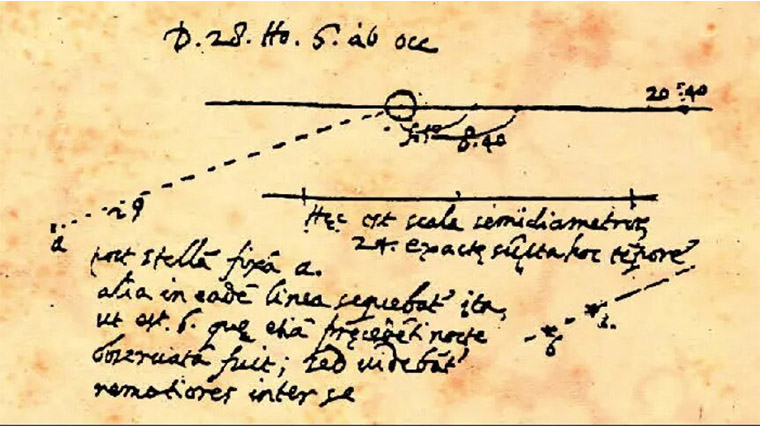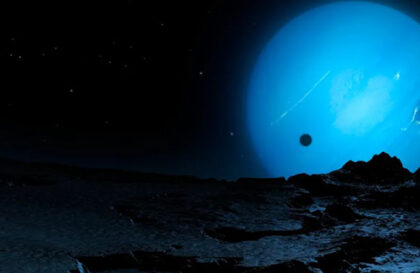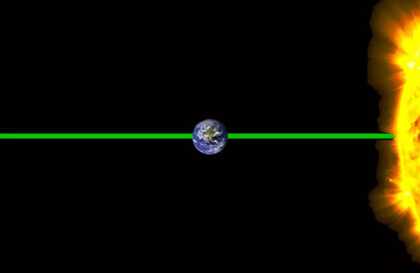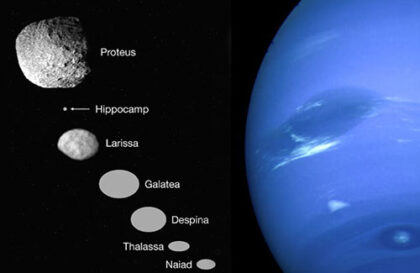Neptune, the eighth planet in our solar system, was accidentally discovered on September 23, 1846.
Calculated perturbations of the orbit of Uranus by French scientist Urbain Leverrier led to the hypothesis of the existence of the undiscovered planet. The Frenchman’s mathematical calculations spurred a scientific race to find this new celestial body. The triumphant moment came after observations by German astronomers Halle and d’Arest confirmed Leverrier’s predictions. They had discovered a planet.
But they weren’t the first.
Galileo Galilei’s sketches made in 1612 and 1613 using a telescope captured Neptune, although due to the shortcomings of his instrument, it was mistaken for a star. A similar fate befell other astronomers of that era.

Neptune is the outermost planet. It is about 4.5 billion kilometers away from Earth. One year lasts about 164.79 Earth years. The 1989 flyby of Voyager 2 occurred one Neptunian year after its discovery.
The vast distance to Neptune made it difficult to explore, and Voyager 2 was the only spacecraft to visit it. Voyager 2’s flyby in 1989 provided a wealth of data revealing the atmospheric and geologic intricacies of the planet.
Neptune’s categorization as an ice giant is due to its size and composition. It has a diameter of about 49,000 kilometers and a mass 17 times that of Earth. Neptune’s atmosphere is dominated by hydrogen and helium, while its mantle consists of water, methane, and ammonia. Its core is composed of rock and ice, like that of Uranus. In astrophysics, substances with freezing temperatures above or on the order of 100 K, particularly water, methane, and ammonia, are called “ice”. For this reason, the planets are also known as ice giants, even though these elements are in a supercritical fluid state.
Neptune has five rings, including the distinctive Adams ring.
Neptune’s ferocious winds of up to 2,200 km/h (the strongest in the solar system) are the result of an internal thermal and energy imbalance. Neptune radiates more energy than it receives from the Sun. At the center of Neptune, temperatures range from 5000 K to 7000-7100 °C, which is comparable to the temperature at the surface of the Sun.
Neptune’s dynamic internal conditions produce phenomena such as diamond rain in its atmosphere when methane is transformed into diamond crystals by intense pressure and heat.
Neptune’s family of satellites is small compared to other gas giants and includes a few notable moons.
Image credit:
https://ru.wikipedia.org
https://universemagazine.com



